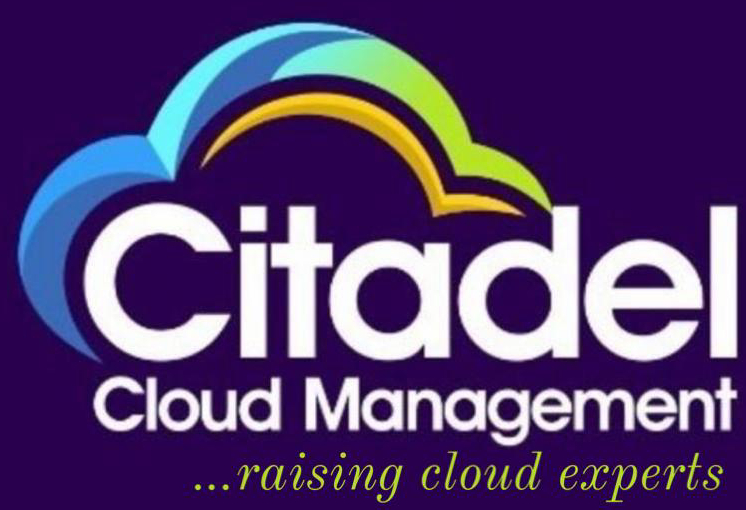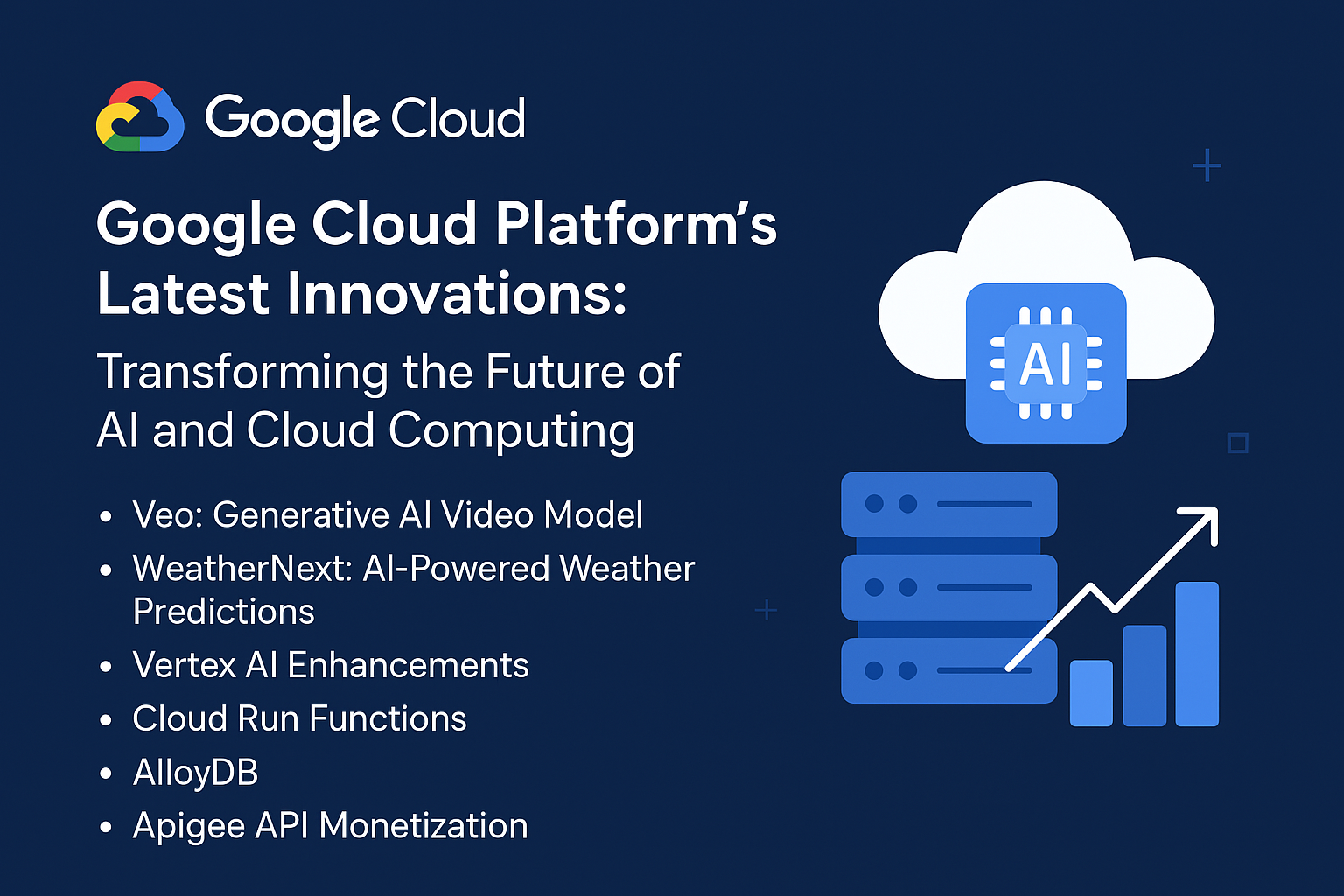In the rapidly evolving landscape of cloud computing, organizations face growing challenges related to governance, risk, and compliance (GRC). The complexities of managing cloud environments demand innovative solutions to ensure effective oversight and control. Automation has emerged as a pivotal tool in addressing these challenges, enhancing the efficiency and effectiveness of cloud governance. This article delves into the transformative role of automation in cloud GRC, exploring its benefits, applications, and future potential.
Understanding Cloud Governance, Risk, and Compliance
Before diving into automation, it is essential to grasp the foundational concepts of cloud governance, risk, and compliance:
- Cloud Governance: Refers to the framework and processes that ensure effective management and oversight of cloud resources. It encompasses policies, procedures, and controls designed to optimize the use of cloud services while maintaining alignment with organizational goals.
- Cloud Risk: Involves identifying, assessing, and mitigating potential threats and vulnerabilities associated with cloud environments. Risks may include data breaches, service outages, and compliance violations.
- Cloud Compliance: Ensures that cloud operations adhere to relevant regulations, standards, and internal policies. Compliance requirements may vary based on industry regulations (e.g., GDPR, HIPAA) and organizational policies.
The Emergence of Automation in Cloud GRC
As organizations increasingly rely on cloud services, the need for efficient and scalable GRC solutions has grown. Automation plays a critical role in addressing this need by streamlining processes, enhancing accuracy, and reducing manual effort. Here’s how automation is revolutionizing cloud governance, risk management, and compliance:
1. Streamlining Governance Processes
Governance in cloud environments involves managing and controlling cloud resources to ensure alignment with organizational policies. Automation simplifies this process in several ways:
- Policy Enforcement: Automated tools can enforce governance policies by continuously monitoring cloud resources and ensuring they comply with predefined rules. This reduces the risk of non-compliance and helps maintain a consistent governance posture.
- Resource Management: Automation facilitates the management of cloud resources by automatically provisioning, deprovisioning, and scaling resources based on predefined policies. This ensures optimal resource utilization and cost control.
- Visibility and Reporting: Automated reporting tools provide real-time visibility into cloud resource usage and compliance status. This enables organizations to quickly identify and address potential issues, improving overall governance.
2. Enhancing Risk Management
Effective risk management is crucial for maintaining the security and reliability of cloud environments. Automation aids in risk management through:
- Continuous Monitoring: Automated monitoring tools can continuously scan cloud environments for security vulnerabilities, performance issues, and compliance deviations. This proactive approach helps identify and mitigate risks before they escalate.
- Incident Response: Automation can streamline incident response processes by automatically detecting and responding to security threats. For example, automated workflows can trigger alerts, isolate affected resources, and initiate remediation actions.
- Risk Assessment: Automated risk assessment tools can evaluate the potential impact of identified risks and prioritize them based on severity. This helps organizations focus on the most critical risks and allocate resources effectively.
3. Simplifying Compliance Management
Maintaining compliance with various regulations and standards is a significant challenge for organizations operating in the cloud. Automation supports compliance management by:
- Automated Audits: Automated audit tools can regularly assess cloud environments against compliance requirements, generating reports and identifying non-compliant areas. This reduces the manual effort involved in audits and ensures timely compliance checks.
- Policy Automation: Automation can enforce compliance policies by automatically applying configuration changes and controls. For example, automated tools can ensure that data encryption settings are consistently applied across cloud services.
- Documentation and Reporting: Automated systems can generate and maintain compliance documentation, including audit trails and evidence of compliance. This simplifies the process of demonstrating adherence to regulations during audits.
Benefits of Automation in Cloud GRC
The integration of automation into cloud GRC practices offers several key benefits:
- Increased Efficiency: Automation reduces manual effort and speeds up processes, allowing organizations to manage cloud resources more efficiently. This leads to faster response times and reduced operational overhead.
- Improved Accuracy: Automated tools minimize the risk of human error by performing tasks consistently and accurately. This enhances the reliability of governance, risk management, and compliance activities.
- Enhanced Scalability: Automation enables organizations to scale their GRC efforts in line with the growth of their cloud environments. This ensures that governance, risk management, and compliance processes can keep pace with increasing complexity.
- Cost Savings: By automating repetitive tasks and optimizing resource management, organizations can reduce costs associated with manual processes and inefficient resource utilization.
Challenges and Considerations
While automation offers numerous advantages, organizations should be aware of potential challenges and considerations:
- Complexity: Implementing automation solutions can be complex and may require significant upfront investment. Organizations need to carefully evaluate their requirements and choose the right tools to meet their needs.
- Integration: Automation tools must integrate seamlessly with existing cloud infrastructure and other IT systems. Ensuring compatibility and interoperability is crucial for successful automation.
- Security: Automated systems must be secure and protected against potential vulnerabilities. Organizations should implement appropriate security measures to safeguard automation tools and prevent unauthorized access.
Future Trends in Cloud GRC Automation
As technology continues to advance, the role of automation in cloud GRC is expected to evolve further. Some emerging trends include:
- Artificial Intelligence (AI) and Machine Learning (ML): AI and ML technologies are being increasingly integrated into automation tools, enhancing their ability to analyze data, detect anomalies, and predict potential risks.
- Extended Automation: The scope of automation is expanding beyond traditional GRC processes to include areas such as cloud-native security, container management, and multi-cloud environments.
- Enhanced Customization: Future automation solutions are likely to offer more customizable features, allowing organizations to tailor automation workflows to their specific needs and preferences.
Conclusion
Automation has become a cornerstone of effective cloud governance, risk management, and compliance. By streamlining processes, improving accuracy, and enhancing scalability, automation empowers organizations to navigate the complexities of cloud environments with greater efficiency. As technology continues to advance, the role of automation in cloud GRC will only grow, offering new opportunities for innovation and improvement. Embracing automation is not just a trend but a strategic imperative for organizations seeking to optimize their cloud operations and ensure robust governance, risk management, and compliance.
FAQs
1. What is cloud governance?
Cloud governance refers to the framework and processes used to manage and control cloud resources effectively. It includes policies, procedures, and controls designed to ensure that cloud services are used in alignment with organizational goals and regulatory requirements.
2. How does automation help in risk management for cloud environments?
Automation helps in risk management by providing continuous monitoring, incident response, and risk assessment capabilities. Automated tools can detect and address potential risks in real time, improving the organization’s ability to manage and mitigate risks effectively.
3. What are the benefits of automated compliance management?
Automated compliance management offers several benefits, including automated audits, policy enforcement, and streamlined documentation. This helps organizations maintain adherence to regulations and standards with greater efficiency and accuracy.
4. What are some challenges associated with implementing automation in cloud GRC?
Challenges include the complexity of implementation, integration with existing systems, and ensuring the security of automated tools. Organizations must carefully evaluate their needs and choose the right tools to address these challenges effectively.
5. What future trends are expected in cloud GRC automation?
Future trends include the integration of AI and ML technologies, extended automation to cover additional cloud-native and multi-cloud environments, and enhanced customization options for automation tools.

